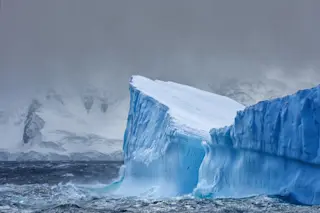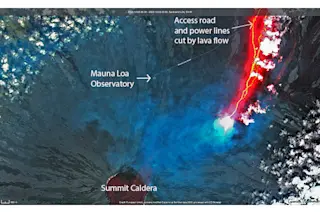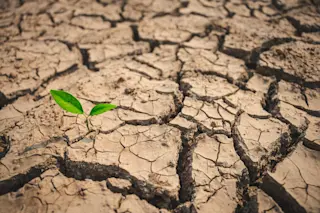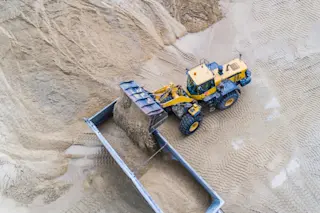An alien venous system? (Source: NASA Earth Observatory) When I first spotted this mesmerizing animation on Twitter, my mind really did wander to the metaphorical idea of blood flowing through some sort of alien venous system. And actually, to the extent that a river can be the lifeblood of a region, you are looking at something akin to a venous system. The time-lapse animation consists of 14 false-color satellite images of the Padma River, one of the major watercourses of Bangladesh. They were acquired by the Landsat 5 and 8 satellites between 1988 and 2018. As described in a story at NASA's Earth Observatory:
For decades, the Padma River has meandered, twisted, and weaved in different shapes through central Bangladesh. Each zigzag and turn tells a geologic story of the region, such as a large flooding event or the opening of a nearby dam.
The images that tell this story ...













